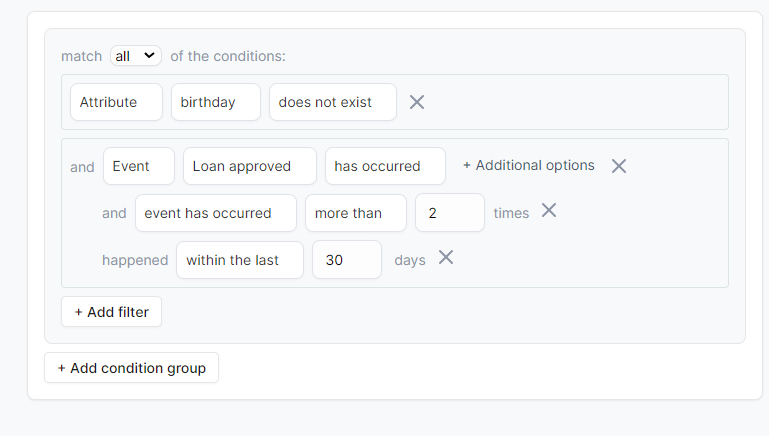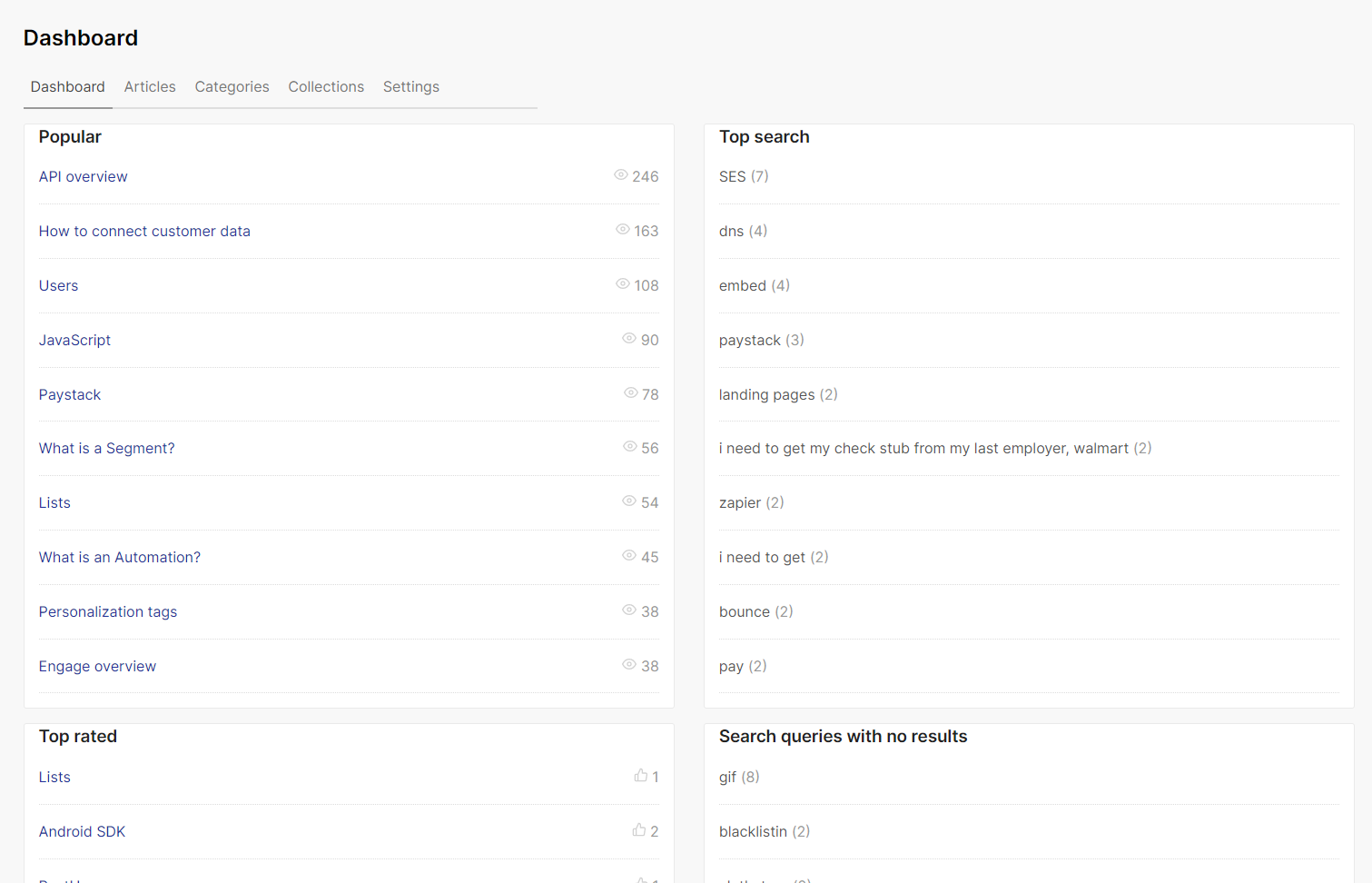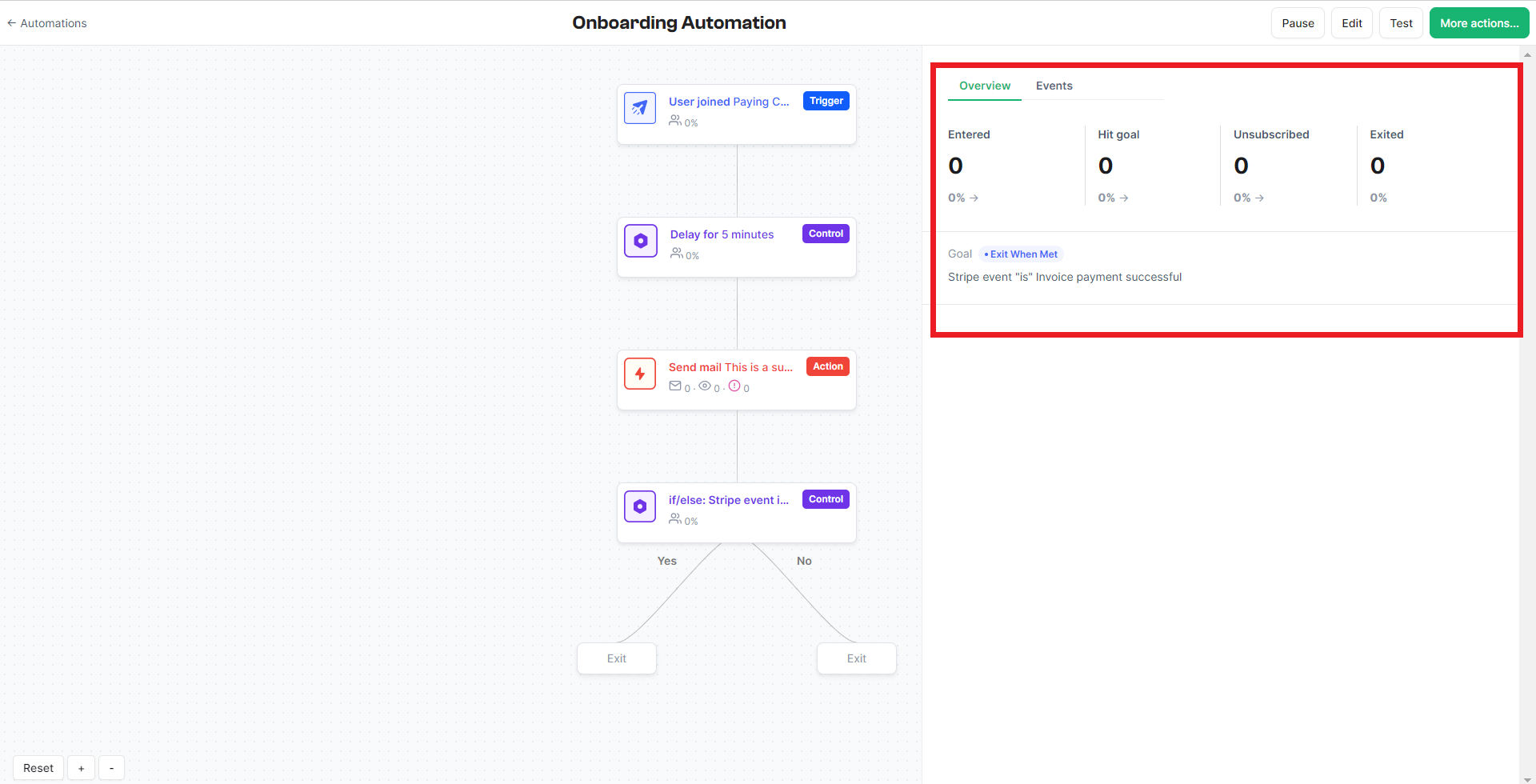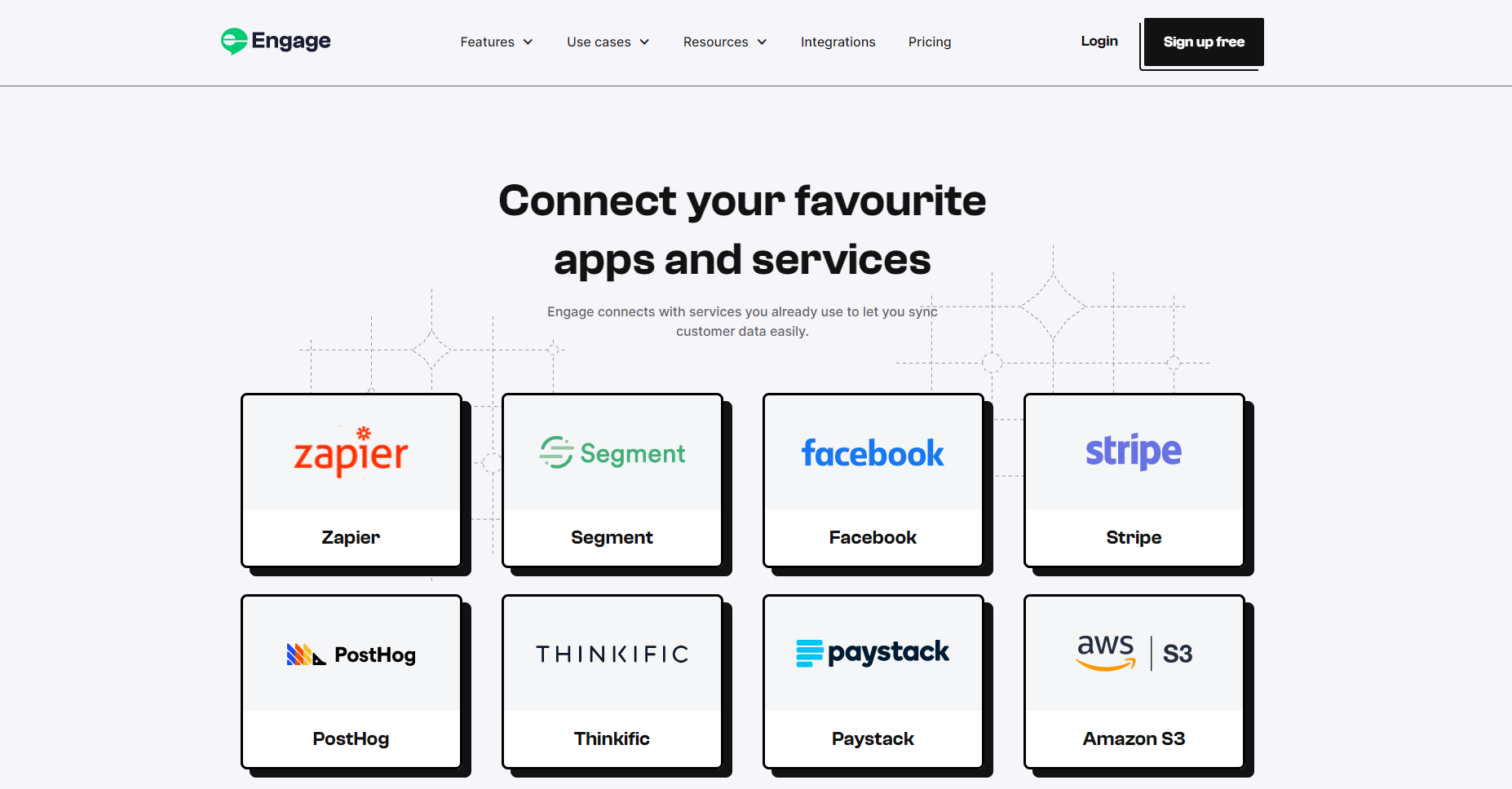How to Use Customer Data to Improve Engagement in Two-Sided Marketplaces
In this article, I will show you how to use your customer data to improve engagement, customer satisfaction, and revenue on your two-sided marketplace

Are you currently running an online two-sided marketplace?
An online two-sided marketplace is a platform that connects two groups of users, such as buyers and sellers, renters and landlords, or drivers and riders. These platforms are becoming increasingly popular, offering a convenient way for users to find the products and services they need.
However, to be successful, two-sided marketplaces need to ensure that both sides of the platform are engaged. If one side is not engaged, it can hurt the other side. For example, sellers will be less likely to list their products if there are not enough buyers in a marketplace.
In this article, I will show you how to use your customer data to improve engagement on your two-sided marketplace.
Engage is a powerful customer engagement platform that allows you to use the insight from your customer data to launch personalized messaging campaigns via email, SMS, push notifications, and in-app messages.
Get Started For Free
Here are the topics we will cover:
- Understanding Customer Data in Two-Sided Marketplaces
- Leveraging Customer Data for Enhanced User Experience
- Enhancing Customer Communication and Interaction
- Driving User Acquisition and Retention Strategies
- Building Trust and Security with Customer Data
- Tools and Technologies for Customer Data Analysis
- Future Trends in Leveraging Customer Data for Engagement
- Conclusion
Understanding Customer Data in Two-Sided Marketplaces
Customer data can play a critical role in improving engagement in two-sided marketplaces. By collecting and analyzing customer data, you can gain insights into the needs and wants of your users and use that information to improve the user experience, personalize communications, and drive targeted marketing campaigns.
Many different types of customer data can be collected and analyzed in two-sided marketplaces. This data can include:
- Personal information: This includes things like name, email address, phone number, and date of birth.
- Demographics: This includes things like age, gender, location, and income.
- Behavioral data: This includes things like browsing history, search history, and purchase history.
- Attitudinal data: This includes things like customer satisfaction, product preferences, and brand loyalty.
As a powerful customer engagement platform, Engage allows you to keep track of two types of customer data:
- Customer attributes which include name, email, phone number, gender, etc., and
- Customer events or actions include when a user signups, creates a profile, made a purchase, etc.

Leveraging Customer Data for Enhanced User Experience
One of the most important ways to improve engagement in two-sided marketplaces is to enhance the user experience. You can do this by ensuring that your platform is easy to use, relevant to the user's needs, and provides a positive experience.
For example, you can use your customer's data to:
1. Personalize the user interface: This means tailoring the look and feel of the platform to the individual user. For example, by using the insight from your customer data, you can show users products they are likely interested in.
2. Provide relevant recommendations: This means suggesting products or services that the user is likely to be interested in. For example, businesses can use customer data to show users products they have previously viewed or products that are similar to products they have purchased.
3. Improve search and discovery: This means making it easy for users to find the products and services they are looking for. For example, businesses can use customer data to improve the search algorithm on their platform.
Enhancing Customer Communication and Interaction
Another way to improve engagement in two-sided marketplaces is to enhance customer communication and interaction. Always have it at the back of your mind that it is essential to have a good relationship with your customers, and to accomplish this, you need to make sure that your platform provides a way for users to communicate with each other and your business.
To enhance customer communication and interaction, you can use your customer data to:
1. Segment and target communications: This means sending different messages to different segments or groups of users. For example, you can send a welcome email to users who have just created an account on your two-sided marketplace.
On Engage, you can use the insight from your customer data to create unique customer segments or groups.

2. Leverage customer feedback: This means using customer feedback to improve the platform. For example, you can use your customer feedback to identify areas where your platform can be improved.
3. Improve customer support: This means making it easy for users to get help when they need it. For example, you can use your customer data to create a knowledge base of frequently asked questions.
By using the support system on Engage, you can create a help center, a shared inbox, and a live chat system to provide personalized customer support.

Driving User Acquisition and Retention Strategies
The insight from your customer data can also drive user acquisition and retention strategies. Which means attracting new users to the platform and keeping existing users engaged.
For example, you can use your customer data to:
1. Create targeted marketing campaigns: This means sending marketing messages to users who are likely to be interested in the product or service.
For example, you can use Engage to launch personalized messaging campaigns like onboarding, activation, upsell campaigns, etc.

2. Predictive modeling: This means using customer data to predict which users are likely to churn. Businesses can then take steps to prevent these users from churning.
3. Churn analysis: This means analyzing customer data to identify the reasons why users churn. Businesses can then take steps to address these reasons.
Building Trust and Security with Customer Data
In order to be successful as the owner of a two-sided marketplace, you need to build trust and security with your customers and ensure that their data is collected, stored, and used in a secure and transparent manner.
Here are some tips for building trust and security with customer data:
- Be transparent about how you collect and use customer data. Let users know what data you collect, how you use it, and how they can control their data.
- Use strong security measures to protect customer data. This includes encrypting data, using firewalls, and having a strong password policy.
- Be responsive to user concerns about privacy. If users have questions or concerns about their privacy, be sure to address them promptly.
Tools and Technologies for Customer Data Analysis
There are several tools and technologies that can be used to analyze customer data. These tools can help you gain insights into the needs and wants of your customers, identify trends, and measure the effectiveness of your marketing campaigns.
Some of the most popular tools for customer data analysis include:
- Google Analytics: Google Analytics is a free web analytics tool that can track website traffic and measure the effectiveness of marketing campaigns.
- Engage Messaging: Engage is a powerful customer engagement platform that allows you to use the insight from your customer data to launch personalized messaging campaigns via email, SMS, push notifications, and in-app messages.
- PostHog: PostHog is a powerful product analytics tool that helps you to gain insights into your customer behavior and make data-driven decisions that can help to optimize product features and improve customer satisfaction.
On Engage, we have a 3rd party integration with product analytics tools like PostHog, Segment, Rudderstack, and Zapier.

Future Trends in Leveraging Customer Data for Engagement
The use of customer data for engagement is constantly evolving. As new technologies emerge, businesses will have opportunities to leverage customer data to improve the user experience, personalize communications, and drive targeted marketing campaigns.
Some of the future trends in leveraging customer data for engagement include:
- The rise of artificial intelligence (AI): AI tools like ChatGPT, Bing Chat, and Bard can automate tasks, improve customer service, and personalize the user experience.
- The growth of big data: Worldwide, the amount of customer data that is collected is growing exponentially and this will create new opportunities for businesses to leverage customer data to improve engagement.
- The increasing importance of privacy: As businesses collect more and more customer data, there is a growing concern about privacy. Businesses will need to find ways to collect and use customer data in a way that respects user privacy.
Conclusion
For entrepreneurs like you who run two-sided marketplaces, your customer data is a valuable asset that will help to improve engagement. By collecting, analyzing, and using your customer data effectively, you can create a more personalized and engaging experience that leads to increased user satisfaction, loyalty, and revenue.
As a customer engagement platform, Engage will help you to use the insight from your customer's data to launch targeted messaging campaigns via email, SMS, push notifications, and in-app messages to increase customer satisfaction and revenue.
